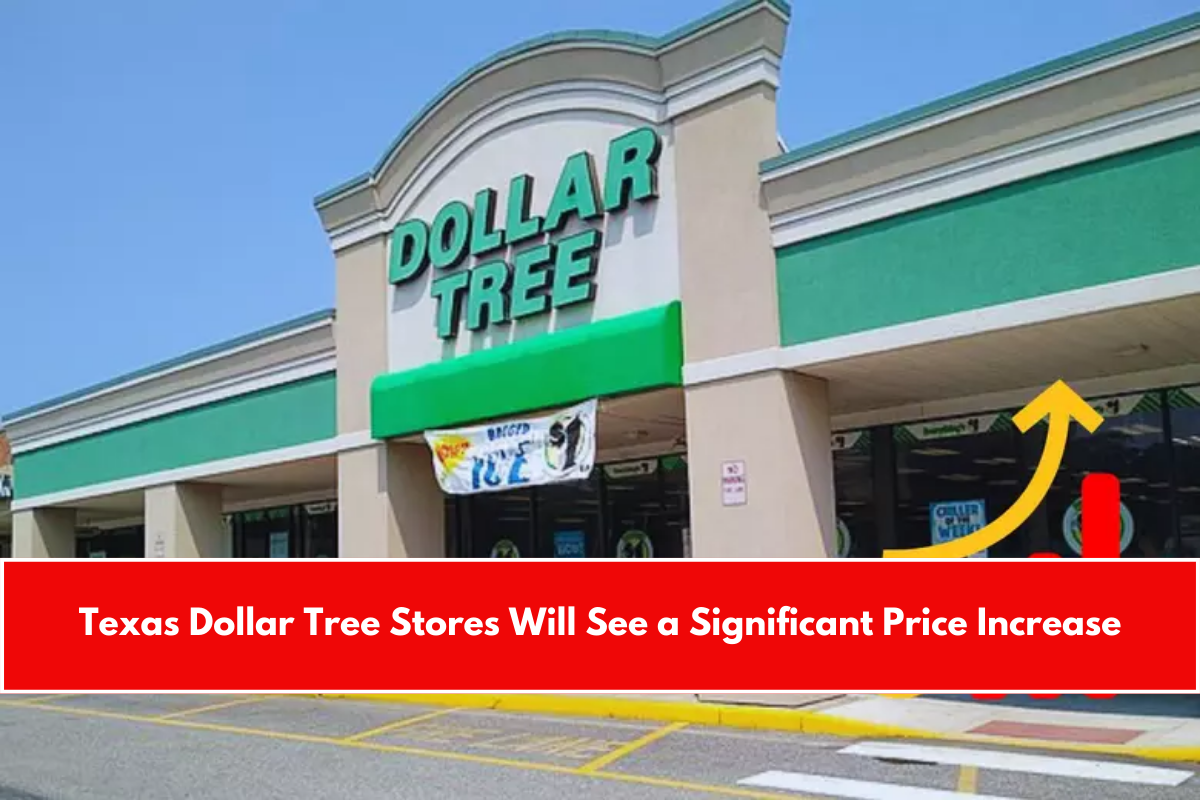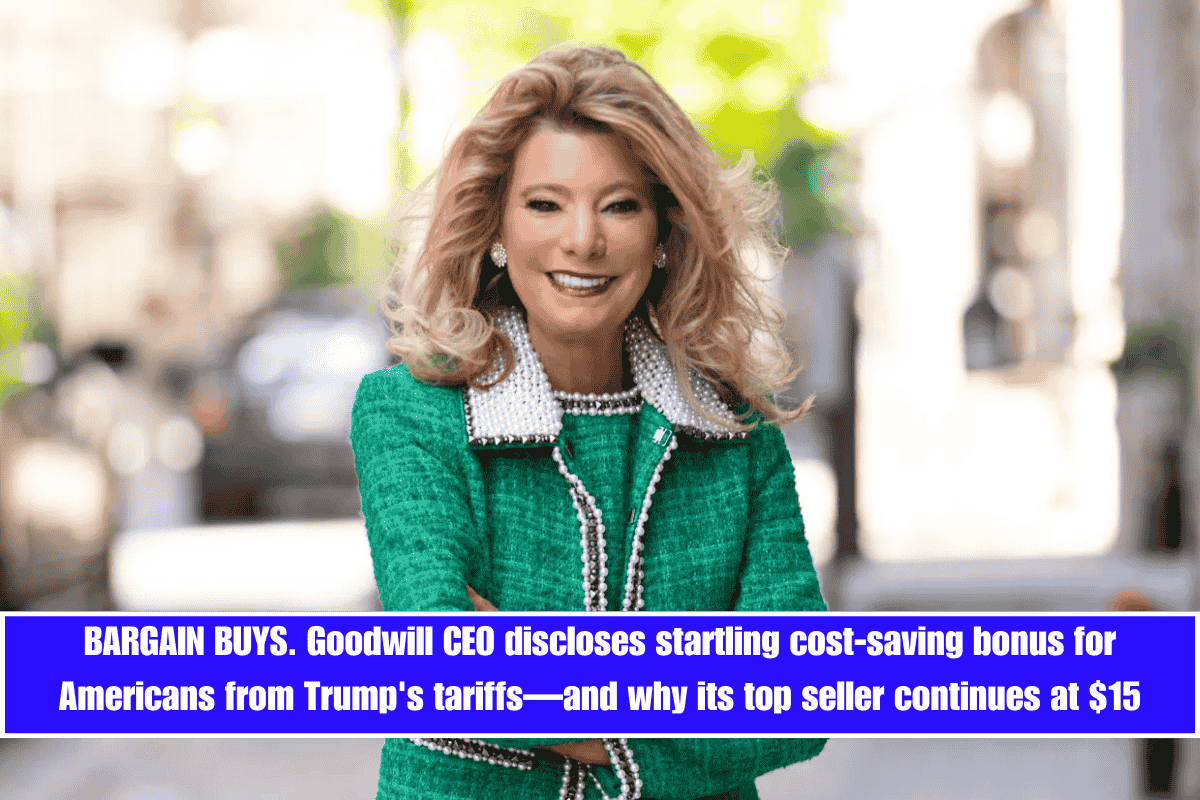As the global economy faces ups and downs, one unexpected sector is seeing a ray of hope—second-hand retailers. With US tariffs raising the cost of imported goods, especially from China, shoppers are now turning to thrift stores for cheaper and more sustainable alternatives. And second-hand shops like Goodwill say they’re ready to meet the growing demand.
In an exclusive interview with The US Sun, Lisa Rusyniak, President and CEO of Goodwill in Baltimore, explained how these economic changes could actually help their mission and attract new shoppers.
What’s Happening with the US-China Trade War?
Former President Donald Trump recently imposed a 145% tariff on all goods imported from China. The aim is to boost local production, create more jobs in the US, and reduce reliance on foreign goods. China responded by raising tariffs on US goods to 125%.
At the same time, the US removed the “de minimis” exemption, which earlier allowed goods under $800 to enter the country without paying import taxes. This change targets cheap Chinese brands like Temu and Shein, which were using this loophole to avoid taxes and sell low-cost clothes directly to US customers.
Why Thrift Stores Could Benefit
Lisa Rusyniak believes that higher prices on fast fashion items will push more people towards thrift shopping. She said, “I think more people will get into thrifting who may not have considered it before.”
Stores like Goodwill offer affordable, good-quality clothes and household items while supporting social causes. Shoppers not only save money but also help the environment by giving a second life to used products.
A Win for Sustainable Fashion
Online thrift platform ThredUp also supported the new trade policies. It stated that the old tax exemption allowed fast fashion brands to dump cheap, poor-quality items into the US market. These clothes are usually made with low-cost materials like polyester and nylon, which are hard to resell or recycle.
By making these fast fashion items more expensive, customers may start choosing better-quality or second-hand products that last longer and cause less harm to the environment.
Cheap Prices and Popular Categories
Goodwill says it offers women’s clothing as low as $15, and this is their most popular category. Rusyniak explained that second-hand stores are a natural fit for shoppers moving away from fast fashion. “It’s crazy inexpensive,” she said.
She also pointed out that fast fashion has created major waste problems. These clothes often have little to no resale value because of poor material quality.
As trade policies change and fast fashion becomes more expensive, second-hand shopping is turning into a smart and responsible choice. Stores like Goodwill not only offer great prices but also help reduce waste and support local communities.
With more people caring about the environment and saving money, this shift might mark the beginning of a more sustainable future in fashion.


















Leave a Reply